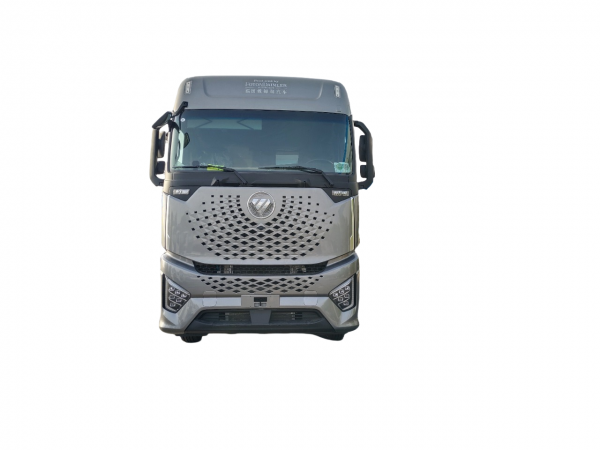Exploring the World of Truck Mounted Crane Parts
https://www.worktruckmaker.com mounted cranes are essential pieces of equipment in various industries, including construction, transportation, and logistics. These powerful machines combine the mobility of a truck with the lifting capabilities of a crane, making them versatile and efficient for lifting and moving heavy loads. To fully understand how truck mounted cranes operate, it is crucial to delve into the various components that make up these machines. In this comprehensive guide, we will explore the intricate world of truck mounted crane parts, examining their functions, importance, and maintenance requirements. 1. The Boom The boom is arguably the most recognizable part of a truck mounted crane. It is the long, extendable arm that extends from the base of the crane and is responsible for lifting and lowering loads. Booms can come in various configurations, including telescopic booms that can extend to different lengths and knuckle booms that offer increased flexibility in maneuvering loads. The material used to construct the boom, such as steel or aluminum, plays a crucial role in determining its strength and load-bearing capacity. 2. The Hydraulic System The hydraulic system is the heart of a truck mounted crane, providing the power necessary to operate the crane's various functions. It consists of hydraulic cylinders, pumps, hoses, and valves that work together to control the movement of the crane's boom, jib, and other components. Proper maintenance of the hydraulic system is essential to ensure smooth and efficient operation of the crane, as any leaks or malfunctions can compromise safety and performance. 3. The Jib The jib is an additional arm or extension attached to the end of the boom, providing increased reach and flexibility for lifting loads. Truck mounted cranes can be equipped with different types of jibs, such as luffing jibs for vertical lifting or fly jibs for horizontal extension. The jib plays a crucial role in expanding the crane's lifting capabilities and adapting to various working conditions. 4. The Counterweight Counterweights are essential components of truck mounted cranes that help stabilize the crane during lifting operations. They are typically located at the rear of the crane's base and can be adjusted or removed to counterbalance the weight of the load being lifted. Properly sizing and positioning the counterweights is crucial for maintaining the crane's stability and preventing tipping or overloading. 5. The Outriggers Outriggers are extendable legs or supports located at the base of the crane's chassis that provide additional stability during lifting operations. When deployed, outriggers increase the crane's footprint and distribute the load more evenly, reducing the risk of tipping or instability. Properly setting up and retracting the outriggers is a critical safety measure that operators must follow before lifting any loads. 6. The Controls Truck mounted cranes are operated using a set of controls located in the crane's cab or on a remote control unit. These controls allow the operator to manipulate the crane's boom, jib, and other functions with precision and accuracy. Understanding how to operate the crane controls effectively is essential for ensuring safe and efficient lifting operations. 7. The Safety Features Truck mounted cranes are equipped with various safety features to protect operators, bystanders, and the crane itself during lifting operations. These may include overload sensors, emergency stop buttons, anti-two block systems, and load moment indicators that provide real-time data on the crane's lifting capacity. Regular inspections and maintenance of these safety features are essential to prevent accidents and ensure compliance with industry regulations. 8. The Maintenance Requirements Proper maintenance is crucial for ensuring the longevity and performance of truck mounted cranes. Regular inspections, lubrication, and servicing of key components such as the hydraulic system, boom, and controls are essential to prevent breakdowns and ensure safe operation. Following the manufacturer's recommended maintenance schedule and guidelines is key to maximizing the lifespan of the crane and avoiding costly repairs. Conclusion  Truck mounted cranes are powerful and versatile machines that play a vital role in various industries. Understanding the different components that make up these cranes, such as the boom, hydraulic system, jib, counterweight, outriggers, controls, safety features, and maintenance requirements, is essential for operating them safely and efficiently. By delving into the intricate world of truck mounted crane parts, operators and industry professionals can gain a deeper appreciation for the complexity and functionality of these essential pieces of equipment.
Truck mounted cranes are powerful and versatile machines that play a vital role in various industries. Understanding the different components that make up these cranes, such as the boom, hydraulic system, jib, counterweight, outriggers, controls, safety features, and maintenance requirements, is essential for operating them safely and efficiently. By delving into the intricate world of truck mounted crane parts, operators and industry professionals can gain a deeper appreciation for the complexity and functionality of these essential pieces of equipment.